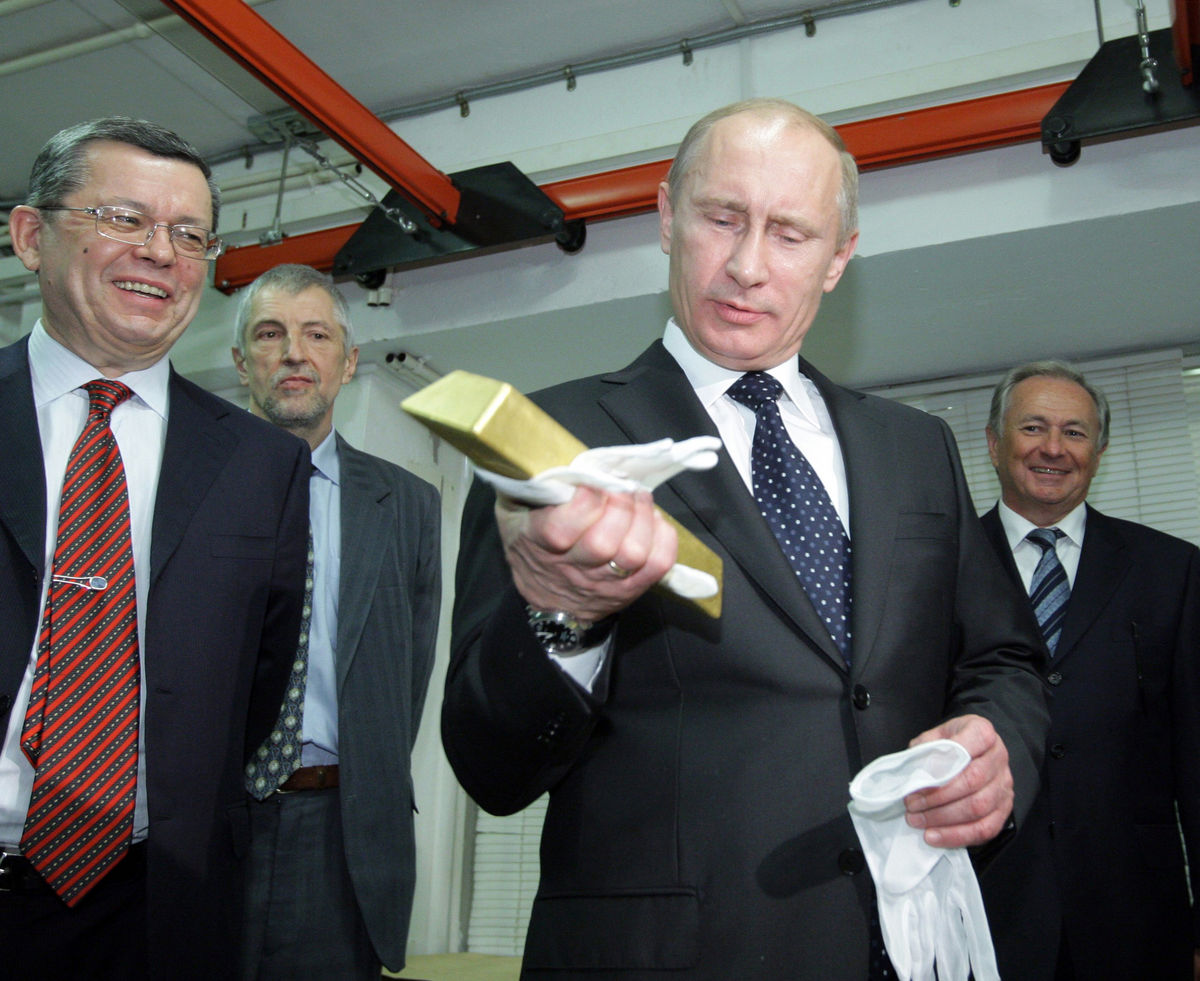
According to American-German researcher, historian and strategic risk consultant F.William Engdahl, central banks of China, Russia, Brazil and other countries as opposed to US foreign policy course are forced to stockpile dollars in the form of US treasury debt in a bid to protect their economies.
The role of US dollar, he stressed, as the world's major reserve currency is the country’s economic Achilles Heel.
PM vows to transform country into high growth economy
It is also worth mentioning that on November 27, Russia's Central Bank reported inclusion of the Chinese Renminbi (yuan) into its official reserves for the first time.
Moreover, Russian currency traders bought no less than almost 18 billion yuan and only a meager 3 billion US dollars in August 2015.
Similarly, in its financial markets, Russia is gradually increasing the use of the yuan in a bid to substitute it for the US dollar.
World Bank paints mixed picture of economy
"But the actions of Russia and China to replace the dollar as mediating currency in their mutual trade, a trade whose volume has grown significantly since US and EU sanctions in March 2014, are not the end of it," According to Engdahl, there are clear signs showing that gold "is about to make dramatic return to the world monetary stage."
Germany is considered the second-largest gold holder with its reserves of 3,381 tons of golden ingots.
Oil-rich Saudi to privatise airports to diversify economy
In the meantime, at a steady pace, Moscow and Beijing are boosting their gold holdings.
"A Russian-Chinese alternative to the dollar in the form of a gold-backed ruble and gold-backed Renminbi or yuan, could start a snowball exit from the US dollar, and with it, a severe decline in America's ability to use the reserve dollar role to finance her wars with other peoples' money," Engdahl concludes.
The article originally appeared on Sputniknews












1732617223-0/Untitled-design-(69)1732617223-0-270x192.webp)










COMMENTS (1)
Comments are moderated and generally will be posted if they are on-topic and not abusive.
For more information, please see our Comments FAQ